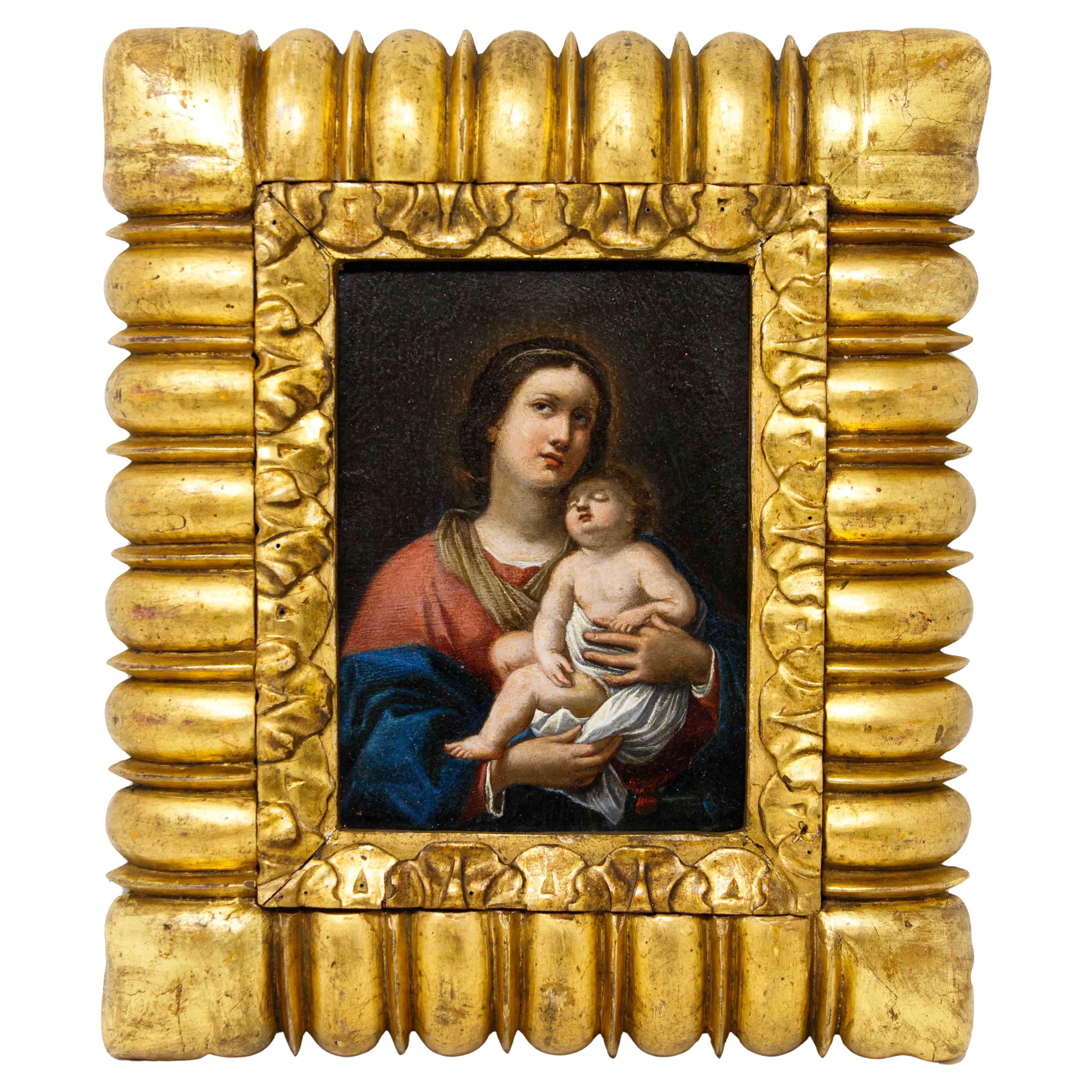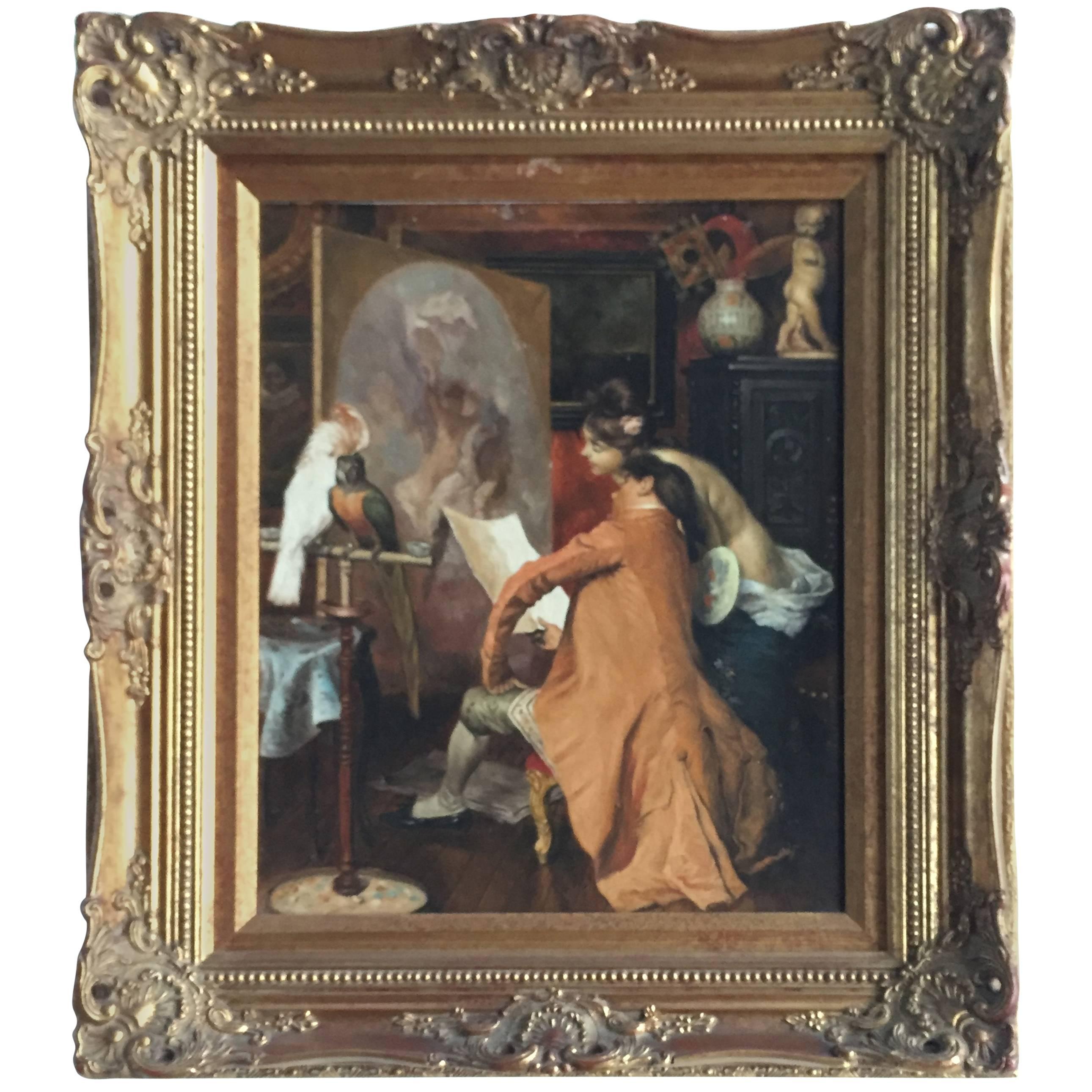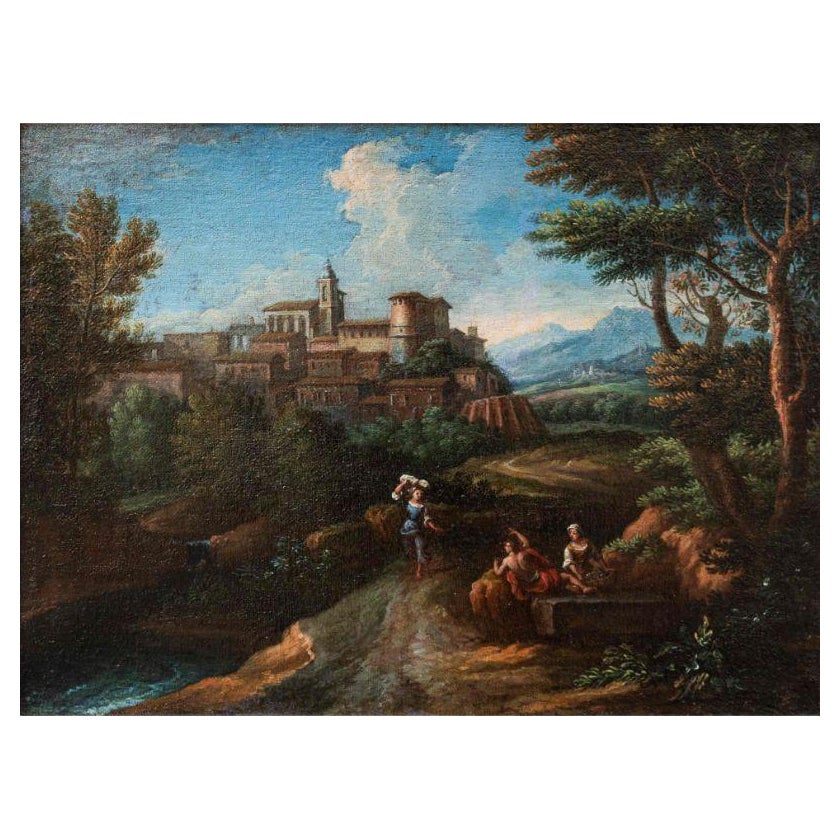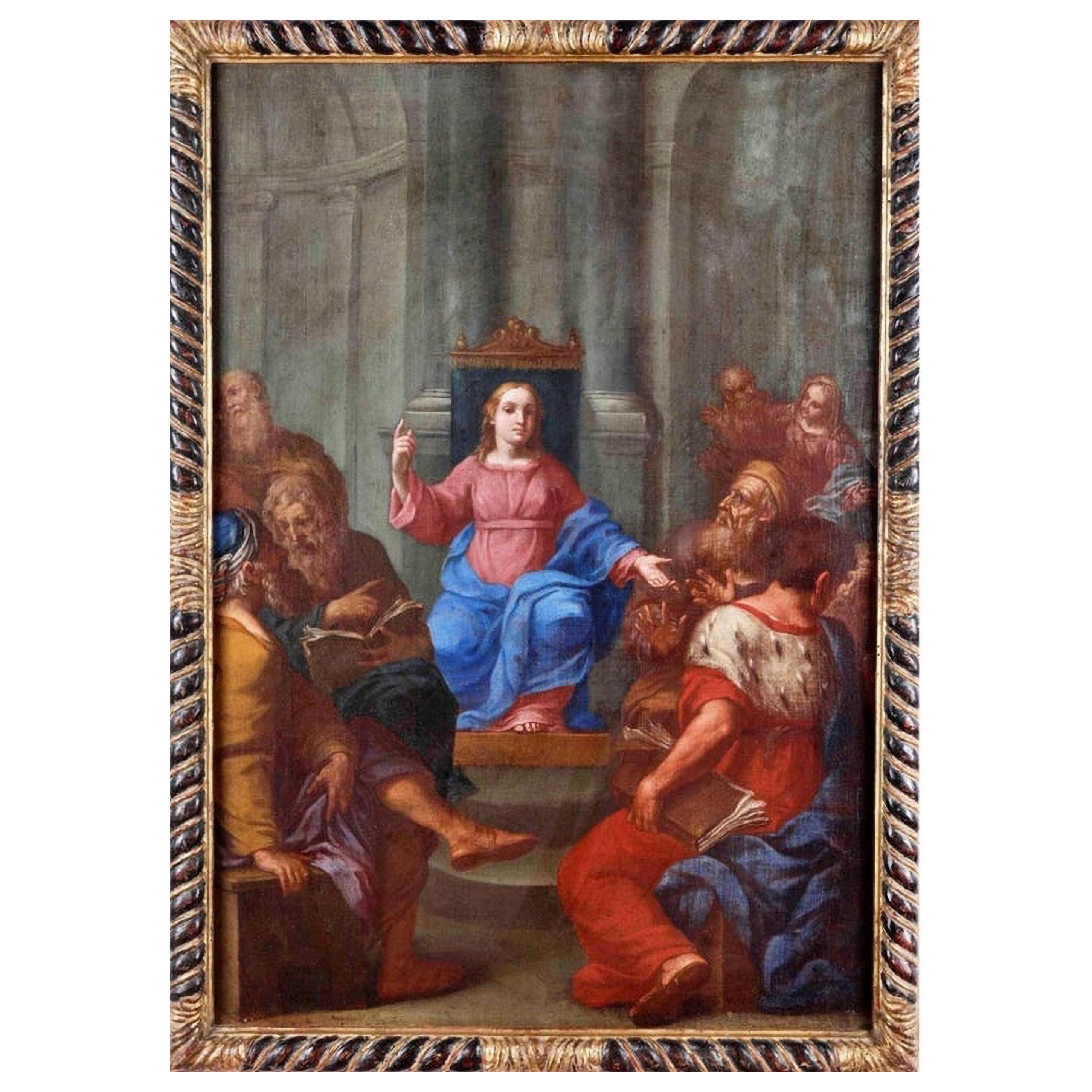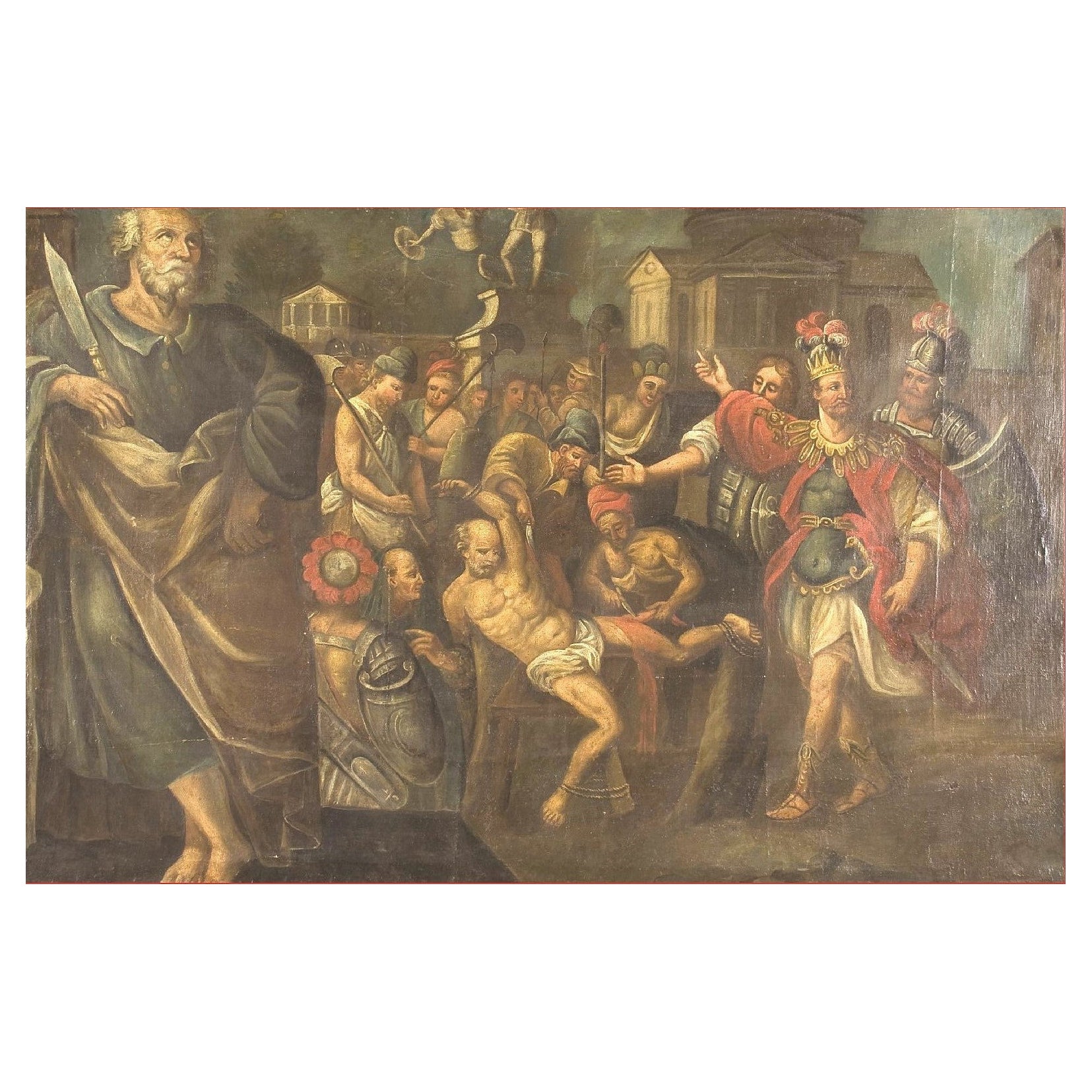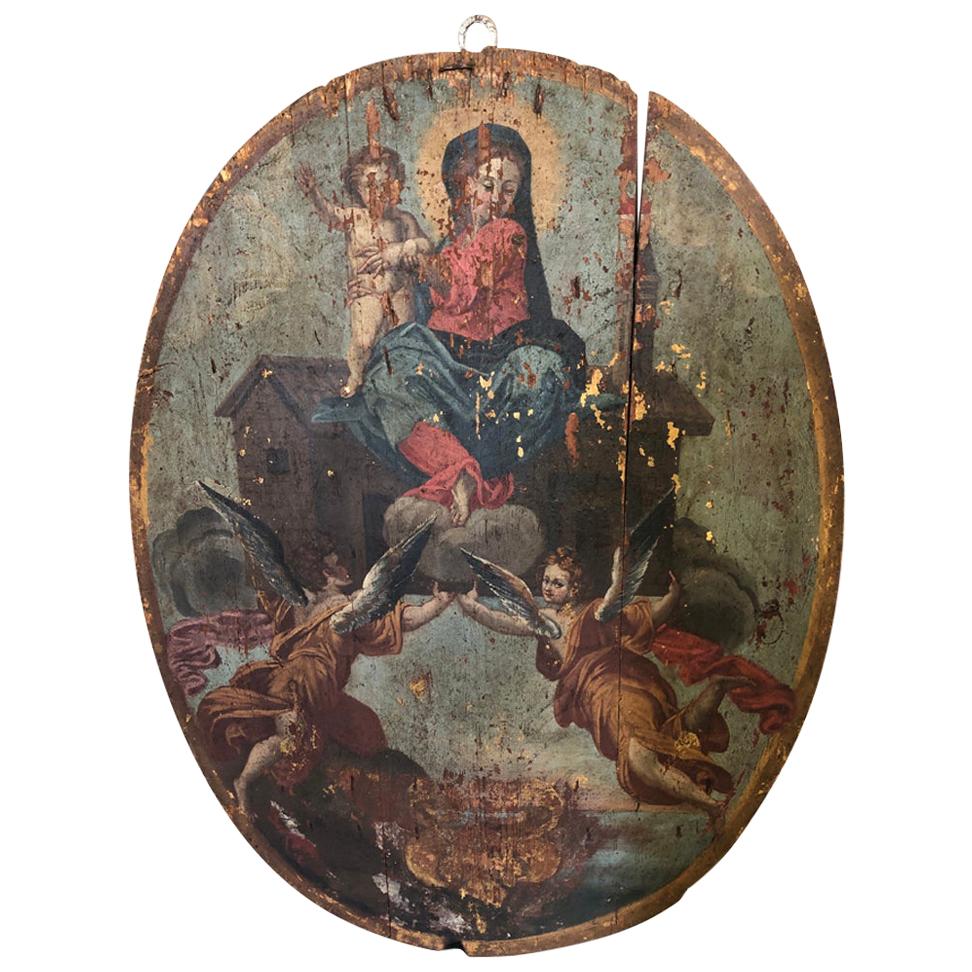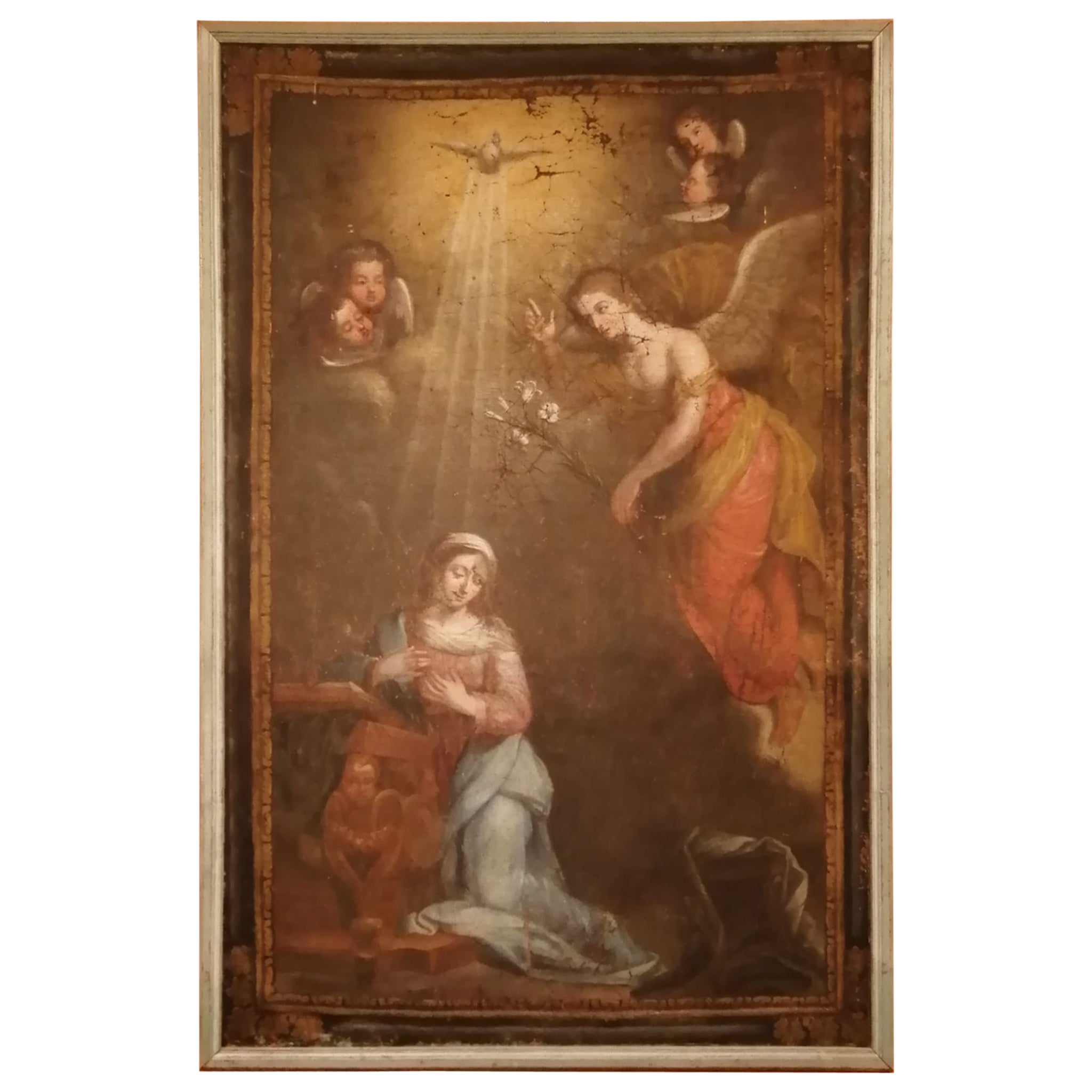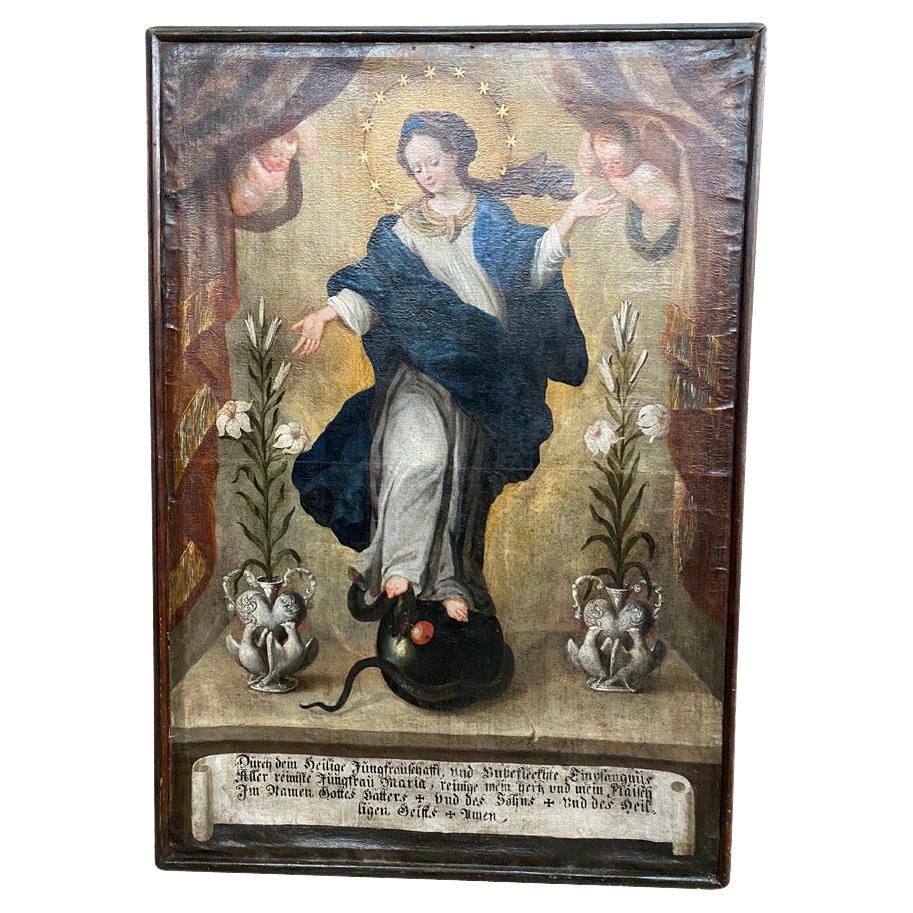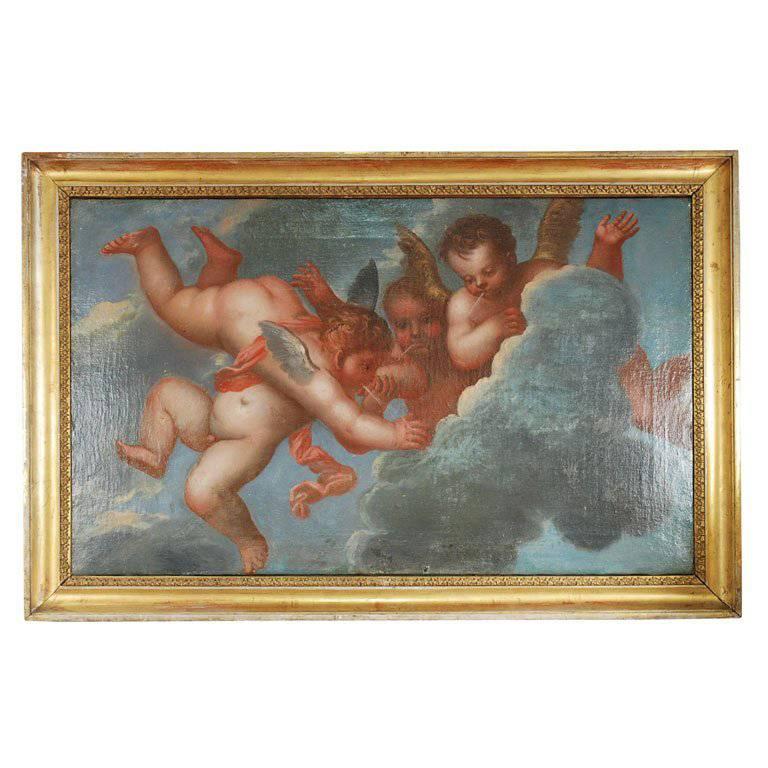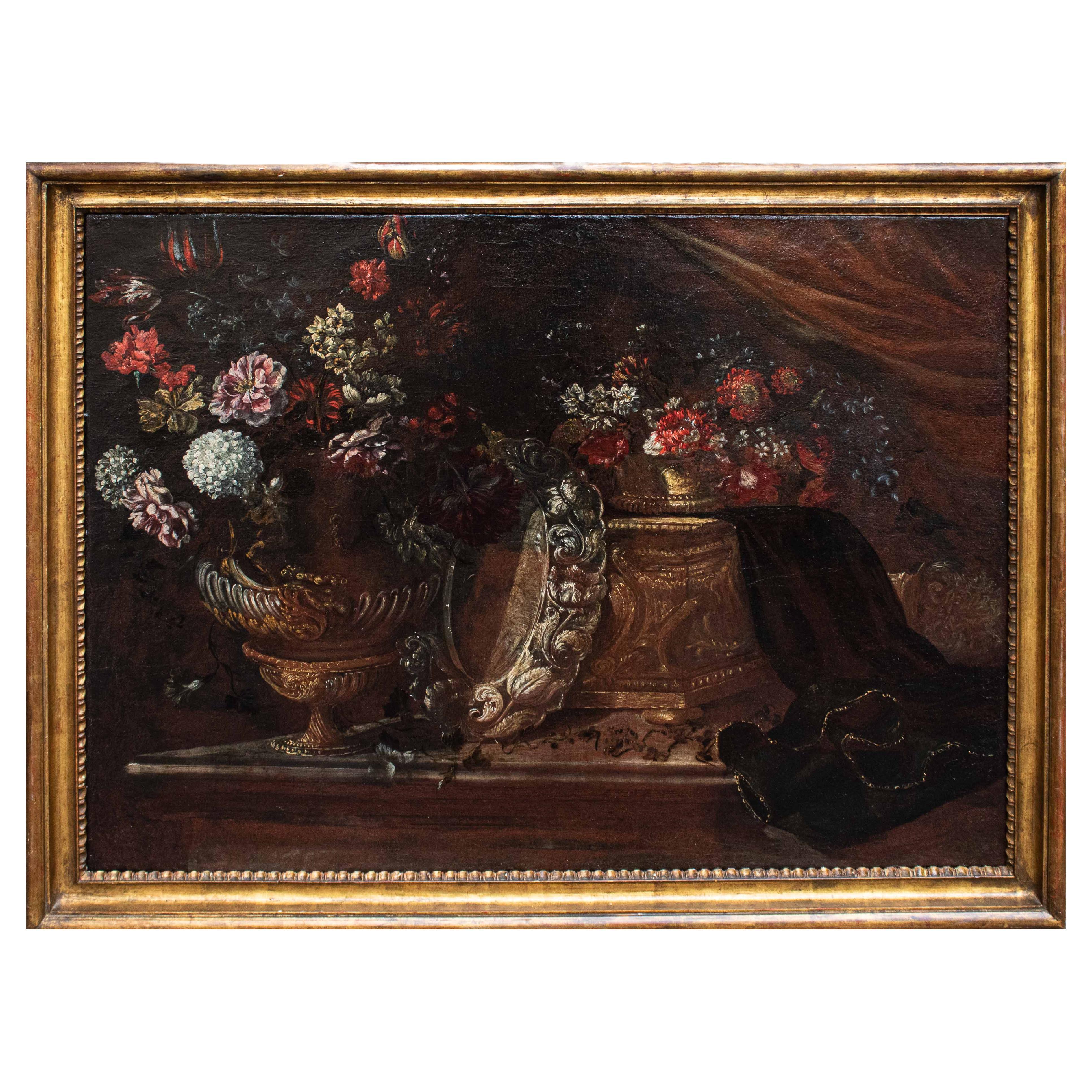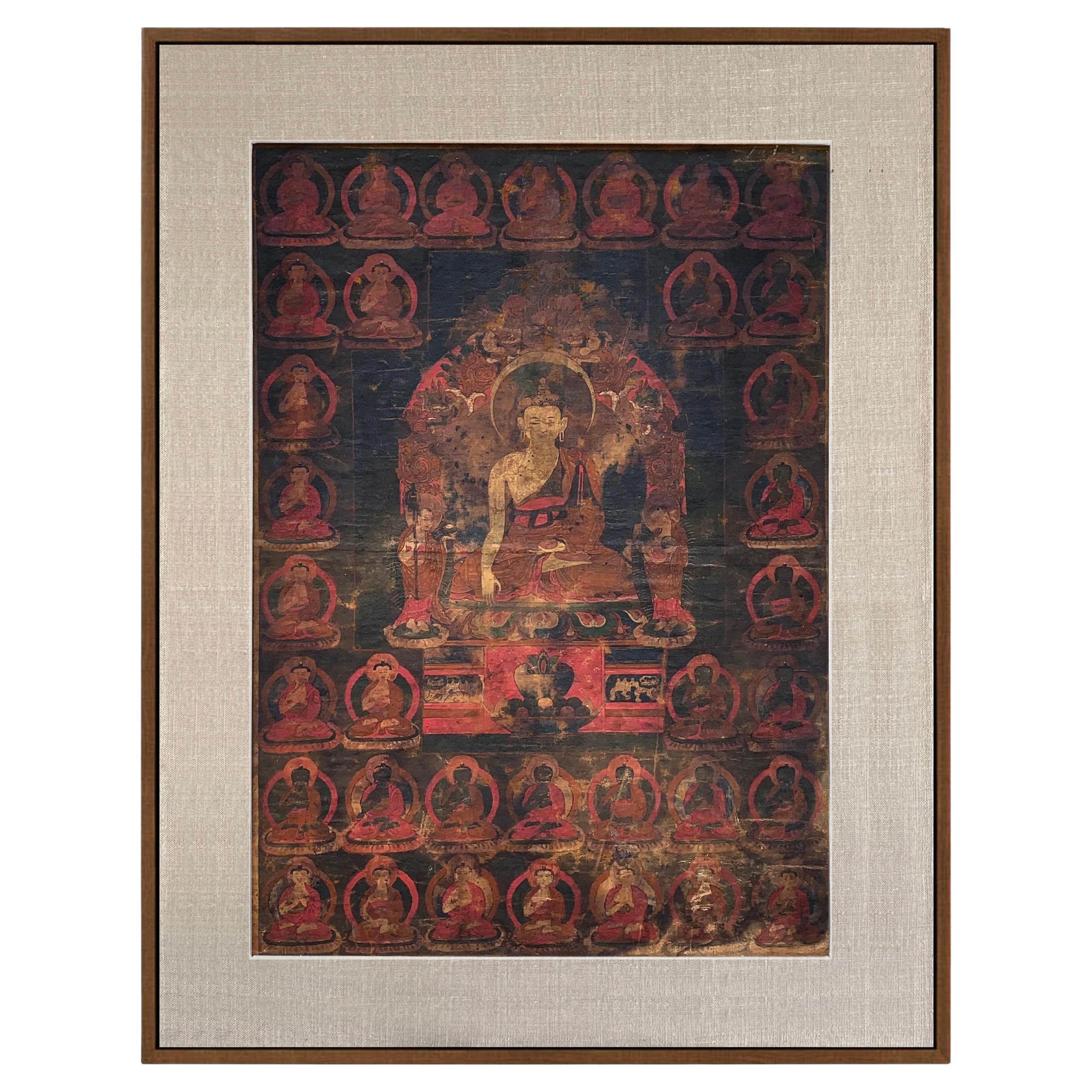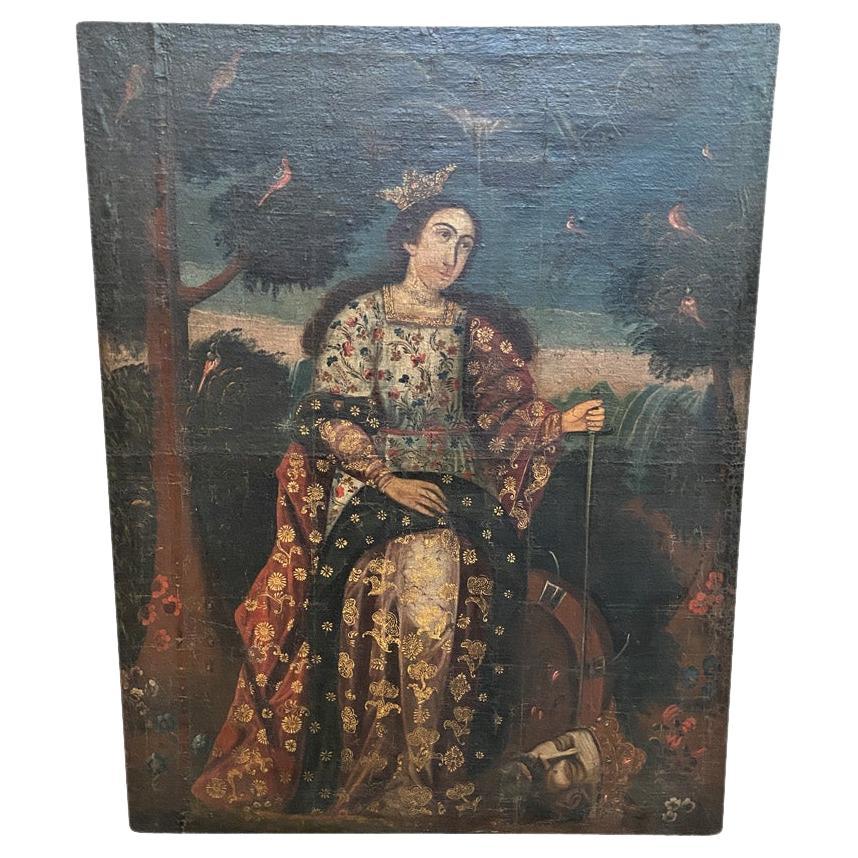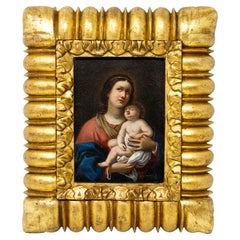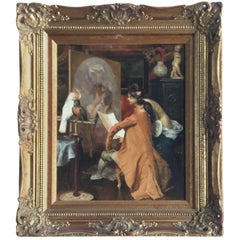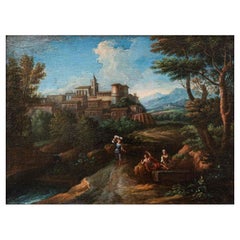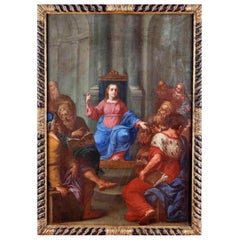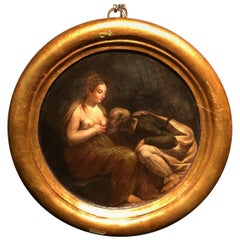
17th Century an Antique Painting of Roman Charity
View Similar Items
1 of 7
17th Century an Antique Painting of Roman Charity
$2,989.11List Price
About the Item
Authenticity Guarantee
In the unlikely event there’s an issue with an item’s authenticity, contact us within 1 year for a full refund. DetailsMoney-Back Guarantee
If your item is not as described, is damaged in transit, or does not arrive, contact us within 7 days for a full refund. Details24-Hour Cancellation
You have a 24-hour grace period in which to reconsider your purchase, with no questions asked.Vetted Professional Sellers
Our world-class sellers must adhere to strict standards for service and quality, maintaining the integrity of our listings.Price-Match Guarantee
If you find that a seller listed the same item for a lower price elsewhere, we’ll match it.Trusted Global Delivery
Our best-in-class carrier network provides specialized shipping options worldwide, including custom delivery.You May Also Like
Roman school, 17th century, Madonna and Child
Located in Milan, IT
Roman School, 17th century
Madonna and Child
Oil on copper, 15 x 11 cm
Framed, 26 x 22 cm
The small copper on display here depicts the Madonna and Child against a dark background...
Category
Antique 17th Century Italian Other Paintings
Materials
Copper
17th Century Painting
Located in Miami, FL
17th century painting
J.Castano
17th century
Spain
Category
Antique 17th Century Baroque Paintings
Materials
Canvas
$25,000
17th Century Roman Landscape Painting Oil on Canvas by Bloemen
Located in Milan, IT
Workshop of Jan Frans van Bloemen (Antwerp, 1622 - Rome, 1749)
Lazio landscape
Oil on canvas, 48.5 x 64.5 cm
The painting, to be considered belonging to the vast production...
Category
Antique Late 17th Century Belgian Paintings
Materials
Canvas
Beautiful Roman School of the 17th Century " Jesus among the Doctors "
Located in Madrid, ES
Roman school of the 17th century Jesus among the Doctors
103X71 cm
good conditions
Jesus among the doctors is a fresco (200x185 cm) by Giotto, dating back to around 1303-1305 and pa...
Category
Antique 17th Century Italian Baroque Paintings
Materials
Paint
$6,217 Sale Price
20% Off
Antique painting Martyrdom of St. Bartholomew from the 17th century
Located in Cesena, FC
Antique painting Martyrdom of St. Bartholomew, by northern European painter of the 17th century
Oil on canvas 100 x 150 cm
Painting based on a subject by Martin de Vos (1532-1603) a...
Category
Antique 17th Century Belgian Paintings
Materials
Canvas
17th Century Venetian Oil Painting
Located in Round Top, TX
An outstanding and grand 17th century Baroque oil painting on an oval wooden panel of the Madonna and Child. Beautifully executed and stunning patina.
Category
Antique 17th Century Italian Paintings
Materials
Wood
Recently Viewed
View AllMore Ways To Browse
Antique Roman Oil Painting
Juno Sculpture
Roman Charity
Franco Oil Paintings
Postcard Frame
William A Drake
Chinese Pith Paintings
Paris Street Scene Oil On Canvas Signed
Chicken Antique Painting
Eglomise Painting
Nantucket Signs
18th Century Capriccio
California Mission Furniture
Chinese Junk
Harlem Furniture
Reverse Painting Ship
Tiger Painting Midcentury
Used Furniture Tucson
